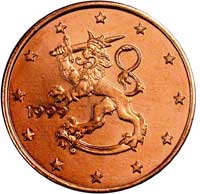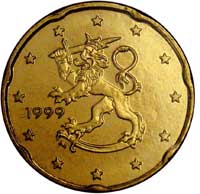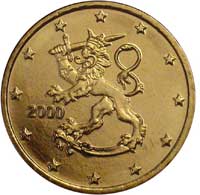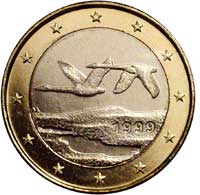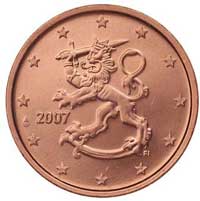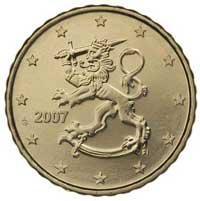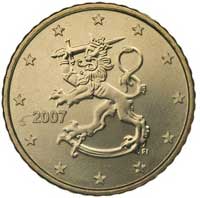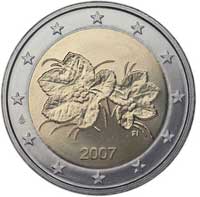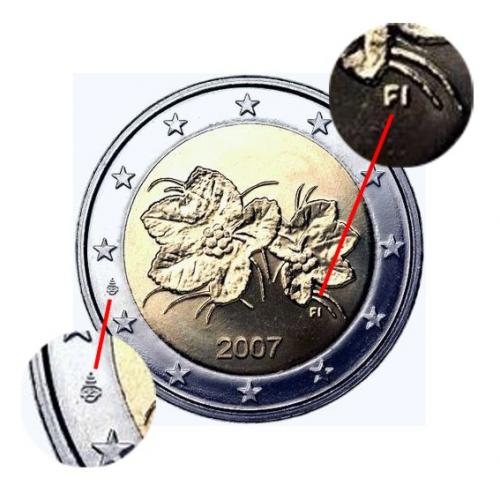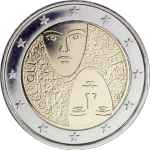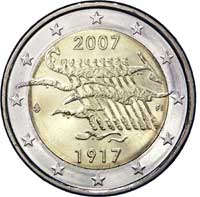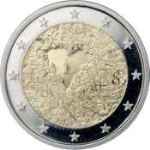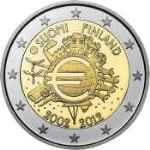| |||||||||||||||||||||||||||||||||||||||||||
General data
Ensuite, de tout temps, la Finlande a été un objet de convoitise de ses voisins suédois et russes. Les suédois ont conquis le pays sans jamais l’asservir. L’église locale a des évêques finnois. Le pays est un duché autonome de la Suède. Lorsque la Suède atteint son apogée contre Ivan le Terrible, la Finlande est très prospère au 17ème siècle. Mais la défaite de Charles XII à Poltava contre Pierre le Grand en 1709 marque le recul. Peu à peu, la Finlande est « grignotée » par la Russie jusqu’en 1808 où Alexandre 1er se proclame grand-duc de Finlande. Le pays est doté d’une grande autonomie, plus grande encore que dans la période suédoise. La langue revit avec la publication de l’épopée du Kalevala. Le Parlement est libre, et en 1896, le suffrage universel et égalitaire y est proclamé ! Mais ces temps heureux font place aux tentatives de russification. Partagés lors de la défaite de 1917, les Finlandais optent, le 6 décembre, pour l’indépendance. Une période très confuse de lutte entre l’Allemagne et l’URSS naissante aboutit à la victoire de Mannerheim et à la vraie indépendance, et la république se met en place en juillet 1919. Entre les deux guerres, la Finlande vivra sous un régime parlementaire et se développera. Le drame de la seconde guerre mondiale : la Finlande est placée sous influence soviétique par le pacte germano-soviétique ; résistant héroïquement, les Finlandais (avec le retour du vieux Mannerheim) se trouvent de fait alliés de l’Allemagne nazie lors du renversement des alliances. A la fin de la guerre, l’URSS annexe les régions de Carélie proches de Léningrad, mais la Finlande échappe au sort des républiques baltes, et même des pays du Pacte de Varsovie. Cette indépendance intérieure se paie du prix d’un alignement systématique sur les positions de politique étrangère de l’URSS ; cela a reçu un nom : la finlandisation… Mais aussi permis à ce pays de se développer pour intégrer l’UE et adopter l’Euro ! La Finlande entre dans la CEE en 1995.
Le nom du pays est Suomi en finnois, et Finland en suédois. Finland and the Euro Despite of its recent adhesion to the EU, and its difficult political past, Finland fulfilled without any difficulty the criteria of Maastricht, for a qualification and an introduction on January 1, 2002.
- 1 to 50 cent: the heraldic lion which illustrates the pride of finally conquered independence Starting from year 2007, Finland modified its national sides in order to respect the recommendations appearing in Official Journal of the European Commission n°2005/491/CE which stipulates that one must find on the coins a clear identification of the country (either complete name of the country or its initial). Finland thus chose to add the initial FI, and at the same time the mark of Rahapaja Oy. It also seized the opportunity to adopt the new common side which was mandatory only from 2008 on. Oddly, the initial M of the Master Raimo Makkonen, under the hilt of the sword disappeared. Small anecdote, the mark of Rahapaja Oy which appeared between the star of 8h and that of 9h in 2007 was moved under the hilt of the sword as from 2008.
€2 commemorative coins Each year since 2004, very beautiful commemorative coins were issued: Finland issues two BU boxed sets each year, one including the commemorative coin. Moreover, a significant production of not circulating coins is issued.
The country letter of the Finnish banknotes is the L. One can find the "L" of Finland on the €5, €10, €20, €50, €100, €200 and €500 banknotes this for the two signatures: Wim Duisenberg and Jean-Claude Trichet. For the part of the production of which it is in charge, Finland made participate the Finnish printer (D), the English printer (H), the French printer (E), the Dutch printer (G) and the German printer (P). Contact E-mail: pays@amisdeleuro.org Links - Website of the Rahapaja Oy : http://www.mint.fi/ | |||||||||||||||||||||||||||||||||||||||||||
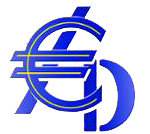 AD€ - Les Amis de l'Euro
AD€ - Les Amis de l'Euro


